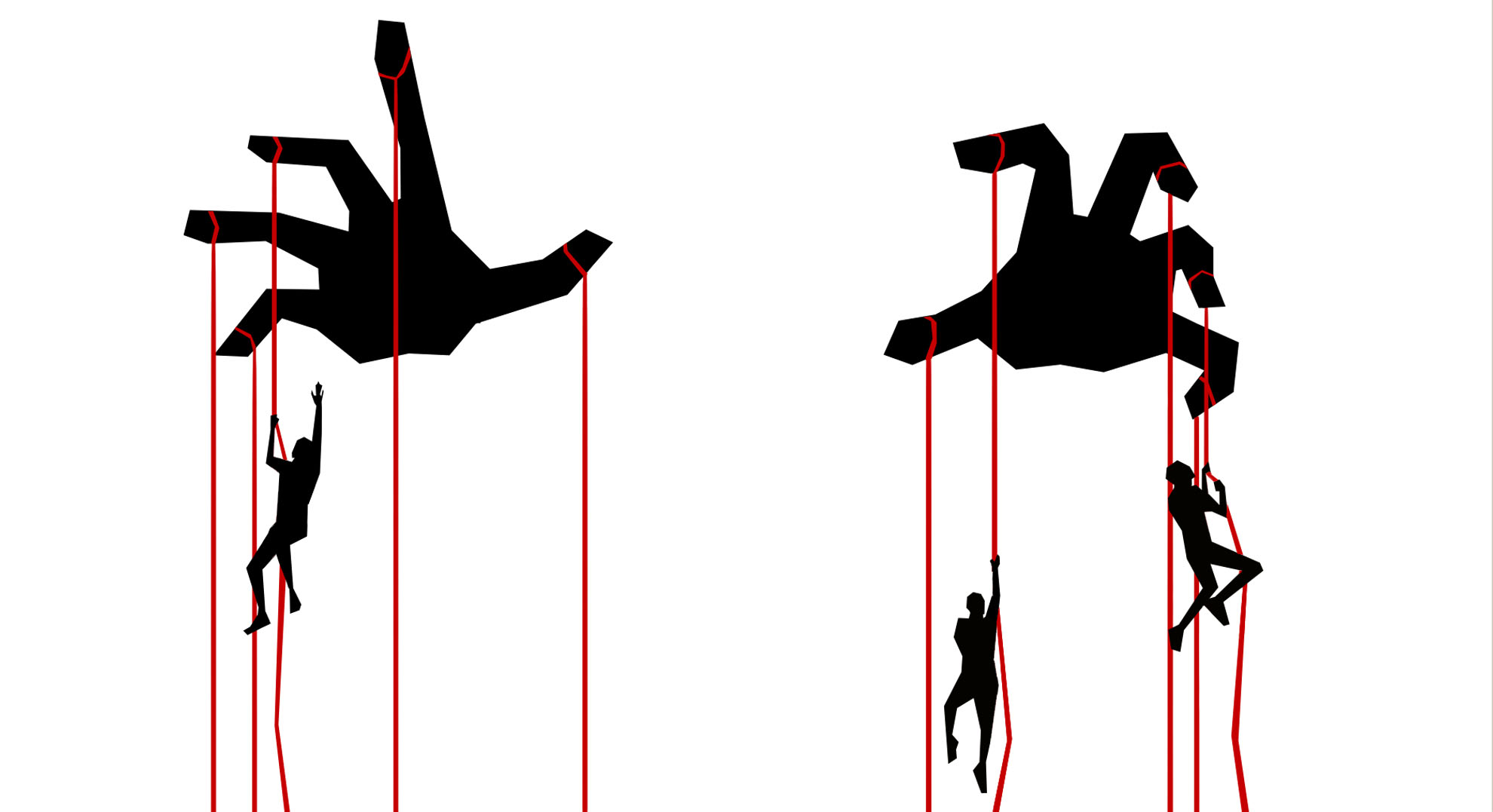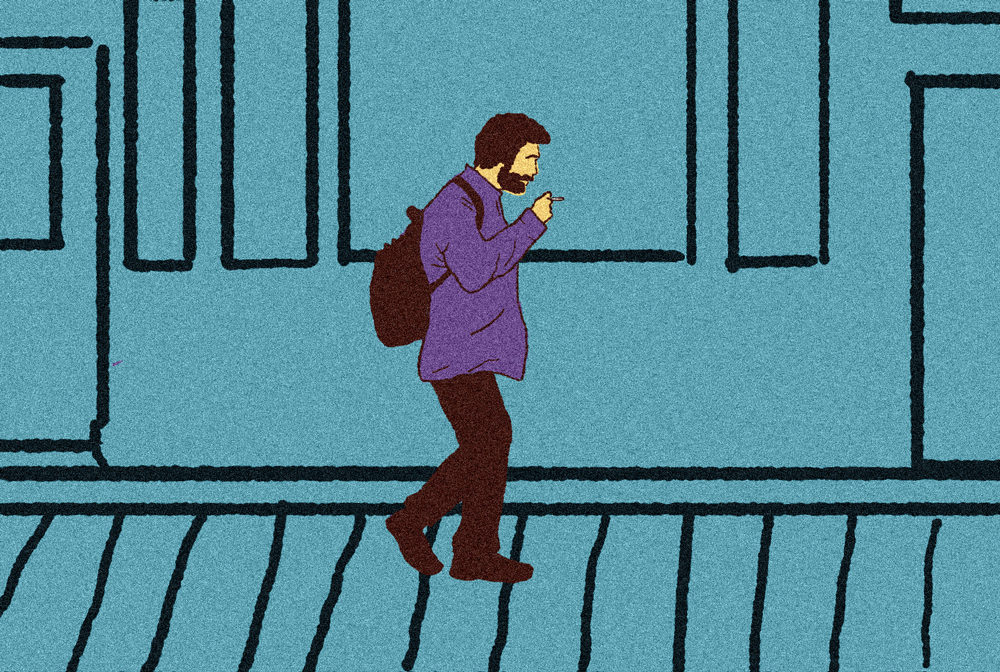As locales like Georgia and Las Vegas rush to open the doors to their businesses during this pandemic, Oregon and Washington remain wary. Although normal might mean getting a haircut or going to the gym as recent coordinated protests have suggested, the concept has taken on a more humane form as administrators of states, cities and public and private institutions have begun the process of this return to what is quickly becoming a changed world.
“We will only reopen Oregon if the data shows we can do so without jeopardizing public health,” Oregon Governor Kate Brown’s office stated in a recent press release. This fundamental notion of a deliberate effort of minimizing harm has been central to the responses of what is now a coalition of Western states. In Oregon, Washington and California, a cooperative agreement now governs a large part of these states’ response.
Portland Mayor Ted Wheeler’s office also released a statement, stating “We are doing a lot of research and thinking about what ‘re-emergence’ looks like. We need to come out of the stay home order safely, responsibly, and sustainably. There are a number of important questions about what systems need to be in place for our community to do that (testing, contact tracing, etc.). This will be a decision that will be made in close partnership with our county, regional, and state partners.”
Likewise, Portland State has expressed a desire to center the health and well-being of students in its approach to recovering from this pandemic.
With plans to continue online learning through the end of the summer term, PSU is working to ensure students can access courses and engage with campus services with as little interruption as possible. The Office of Information Technology is in the process of purchasing more laptops for rental, largely through the PSU Foundation’s Resilience Fund; at present, there are 330 laptops available for student checkout. OIT is also providing personal wireless hotspots for students that might lack internet connectivity, and it has created a resource list for students who are looking for low-cost internet service.
Normal may prove elusive
The Oregon Legislature typically adjourns early in spring on a day called sine die. This year, however, House and Senate leaders have continued to work, convening their joint emergency board for pandemic response. With leaders from various departments of state government participating, this board might prove critical to Brown’s decision to hold a special session this year.
Brown has hesitated to call a special session this year, though she has hinted at one.
As Congress continues its game of chicken on stimulus funding for states, Brown suggested she will possibly convene a special session if funding necessitates one. “Once we have sufficient clarity about the federal stimulus, I will call a special session and ask lawmakers to take further action,” Brown stated via a press release to the media in early April.
However, this special session might not materialize. Senate Majority Leader Mitch McConnell has suggested he’s had enough of stimulus spending now that his caucus’ priorities have more or less been met. “There’s not going to be any desire on the Republican side to bail out state pensions by borrowing money from future generations,” Sessions stated, calling broad support to states’ “blue state bailouts.”
After an initial round of direct payments to Americans, funding for states, critical to resuming normal operations, seems to be evaporating.
Still, normalcy is a tantalizing promise for voters who are proving wary of moving too quickly on dropping various levels of isolation and movement restrictions.
“I need a haircut!”
While polling has largely moved toward caution around reopening states, a variety of protests, generally organized by conservative and far-right political operatives, have called for an immediate halt to limitations on commerce and socialization. Their rallying cries? “I need a haircut!”
Despite strong opposition to a hasty retreat from public health measures, these protests have called restrictions on public life tyranny and violations of freedom. With most protests featuring people clustered closely together, few wearing masks, the image is stark, but only two images have caught the public imagination: calls for haircuts and health professionals attempting to disrupt these protests.
The image of nurses and medical professionals standing in roads, blocking so-called blockades of state houses, has given the protests a specific message—these protests are about health versus personal liberties. The message is not novel, however, as various commentators, including Texas Lieutenant Governor Dan Patrick, have suggested loss of life is acceptable, pointing out the average age of those dying from COVID-19 and stating that people over a certain age are not as important as resuming commerce.
Saying “there are more important things than living,” Patrick went on to tell Tucker Carlson, “We gotta take some risks and get back in the game.”
For his part, Patrick included himself among those of a certain age who are apparently expendable.
Coming back from crisis
There isn’t a date or timeline for reopening Oregon or Washington, and the governors of these states have not made any suggestion or prediction to that end. Instead, in both states, restrictions will rely heavily upon the recommendations of medical professionals.
“Health outcomes will be the ultimate metric guiding decisions to reopen communities—we will only reopen Oregon if the data shows we can do so without jeopardizing public health,” Brown’s office stated in its press release.
There are some indications that Oregon’s efforts have been successful at what health officials have defined as “flattening the curve,” with deaths remaining below 100 and a low infection rate compared to other states. That low rate has relied heavily upon the various measures implemented early in the pandemic, shuttering all non-essential businesses and moving to limit public circulation.
This brings the conversation back to the concept of normal.
Since March 23, Oregonians have been unable to hold social gatherings, visit gyms, salons, spas, travel to state parks or even eat at sit-down restaurants. Normal has become a mix of indoor activities with those within your household, online classes, working from home and limited trips to the grocery store. For those that work in essential businesses, normal also includes working with the public while balancing strict measures meant to keep people within a defined “social distance” of six feet from others.
University students have also been challenged to recreate their lives. PSU is among the many universities that have online instruction for an undefined length of time, with many requiring off-campus instruction until at least the end of summer terms. Normal, then, is now a function of how well a person can adapt to distant communication and interactions.
Faculty fight for stability
For students, the new normal requires adaptation to a new manner of learning, one that is more personal than so-called MOOCs, or Massively Open Online Courses, but often less personally engaged than in-person classes. Online learning and engagement systems like PSU’s D2L and the video conference program Zoom have made courses strongly reliant on bringing students into a world of bandwidth and e-books, and the current pandemic has intensified the pace of this shift.
Since the days of correspondence courses, the idea of an entirely distant but personalized education has remained a goal of education administrators and institutions. This move, in fits and starts, has shifted the pedagogic approach of many faculty members, with computer learning first entering the equation through testing and slowly encroaching on other aspects of the learning experience. Professors, once students themselves, are increasingly entering the teaching field having had hands-on exposure to online learning, but few, aside from faculty at online universities like Phoenix University, have had an entirely digital teaching life.
Courses that require heavy face-to-face teaching throughout multiple sessions a term are now reliant on green screens, slide shows and chat rooms. For the arts and humanities, legal studies and other textbook courses, this does not present the barriers that classes attempting to teach clinical or physical sciences with heavy hands-on instruction face.
Even so, advocates for professors have been clear on the limitations of this shift during the COVID-19 crisis.
“Institutions should acknowledge that transitioning a course to an online environment in a one-time crisis does not necessarily mean the course can be successfully taught in an online environment under normal conditions, and does not obligate the faculty member to teach the course online in the future,” the American Association of University Professors stated, arguing institution-wide online teaching is an exception and not the norm. This hesitation to adopt online learning comes amid a years-long effort to slash faculty budgets and move more and more teaching positions to adjuncts. As a result, faculty advocates have been extremely hesitant to cheer on shifts to online teaching, especially organizations that primarily champion tenure-track professors.
This type of firewall against further diminishment of the importance of faculty in decisions on pedagogic and instructional direction has become a bulwark against unnecessary cuts under the guise of crisis, but hasn’t protected all universities. At University of Oregon, strongly reliant on sports for funding and with a large on-campus population, worker furloughs have put over 200 employees on the inactive list.
Adapting and moving forward
For a world now trapped in the uncertainty brought on by COVID-19, the landscape seems dramatic and uneven, but resolve has been a common thread throughout. Until a vaccine is found, tested and administered to the public, at least 18 months out by some estimates, many nations including the United States will now have to conduct their lives with an eye toward potential rolling closures and long-term shuttering of some institutions. Business failures and economic recession will be the norm for some time and the resulting layoffs will mean a struggle to advocate for support for increasing numbers of vulnerable people in our communities.
For the most vulnerable, this will likely mean competing against larger and larger numbers of people for dwindling services.
The new normal, then, is likely to be one defined by questions of how we help our neighbors. If the current system, the one now struggling to correct itself in this crisis, is incapable of answering the moral and ethical questions that have arisen, then it is insufficient in its totality. Normal, our business-as-usual approach, will have to be completely remade.
As institutions like PSU and the Oregon state government have established, that process is already happening.






